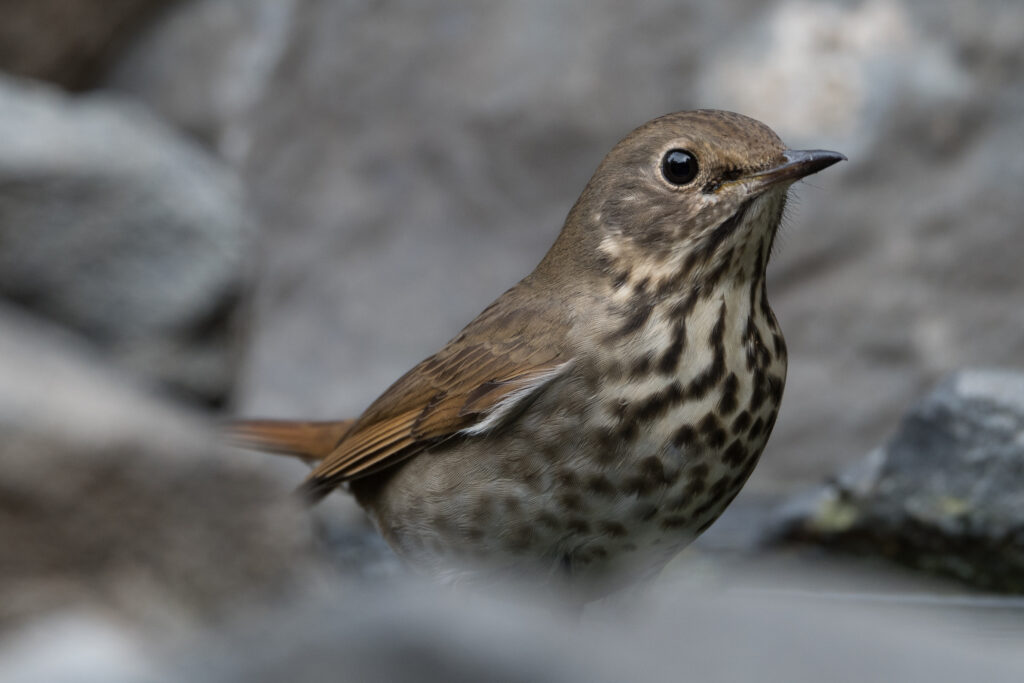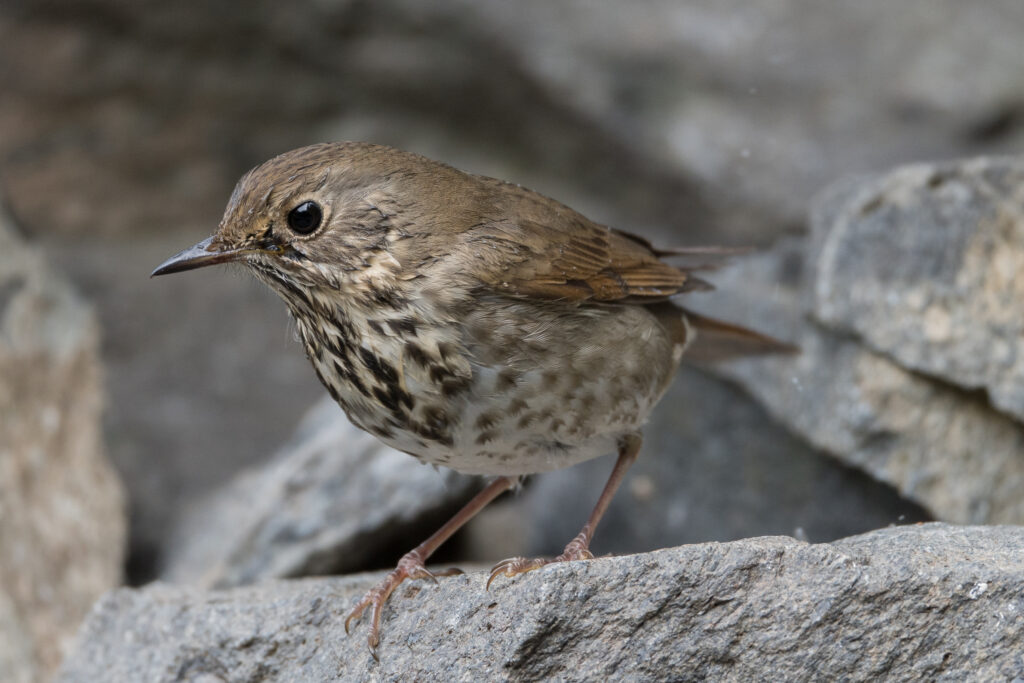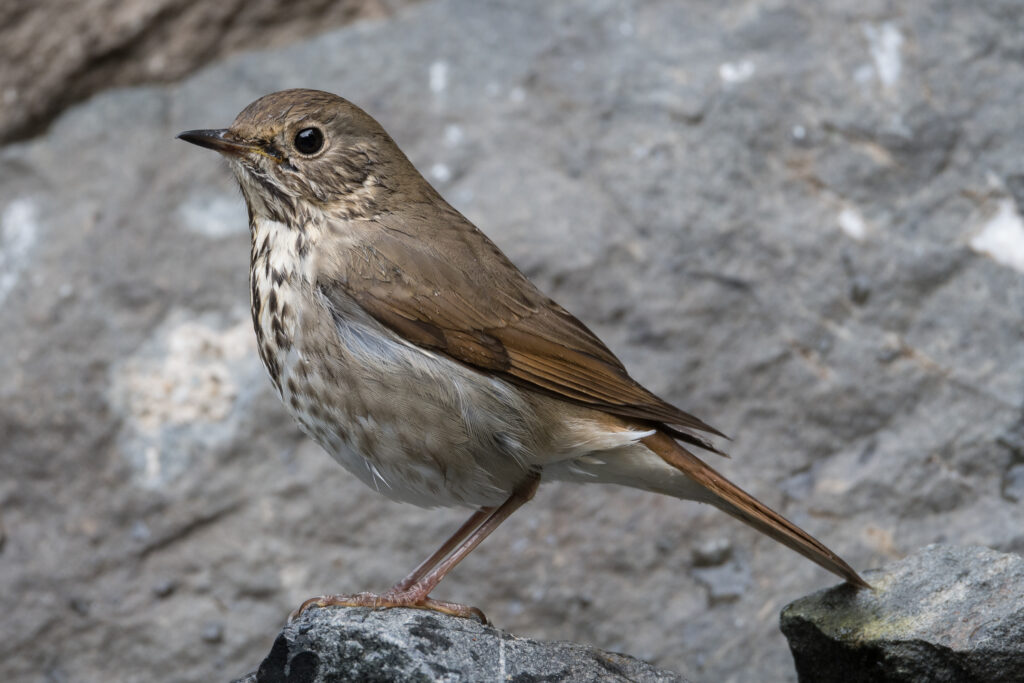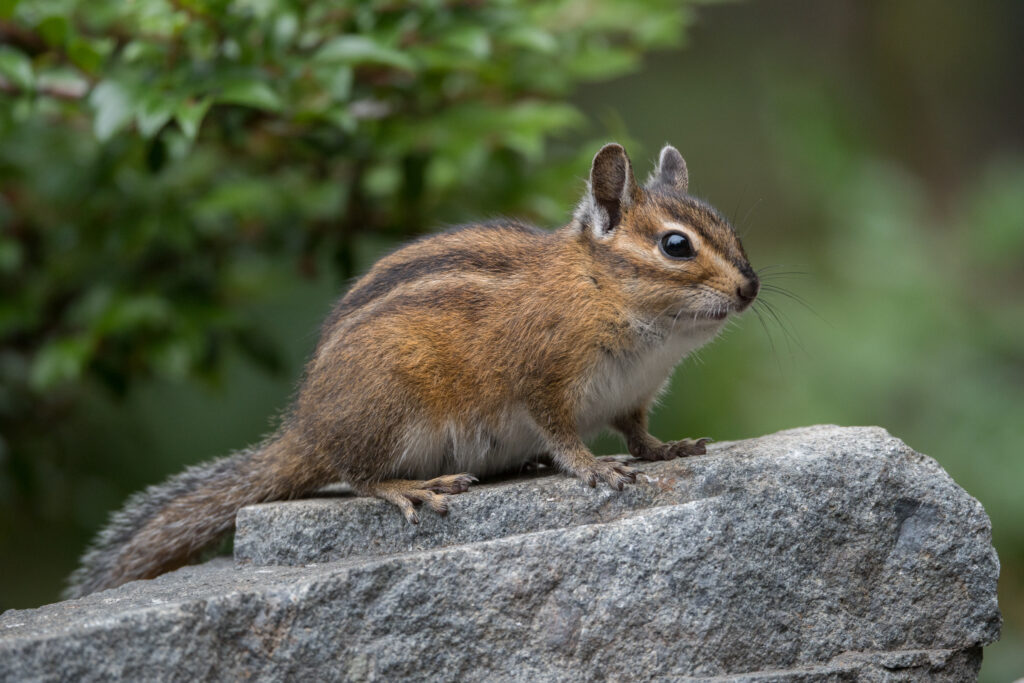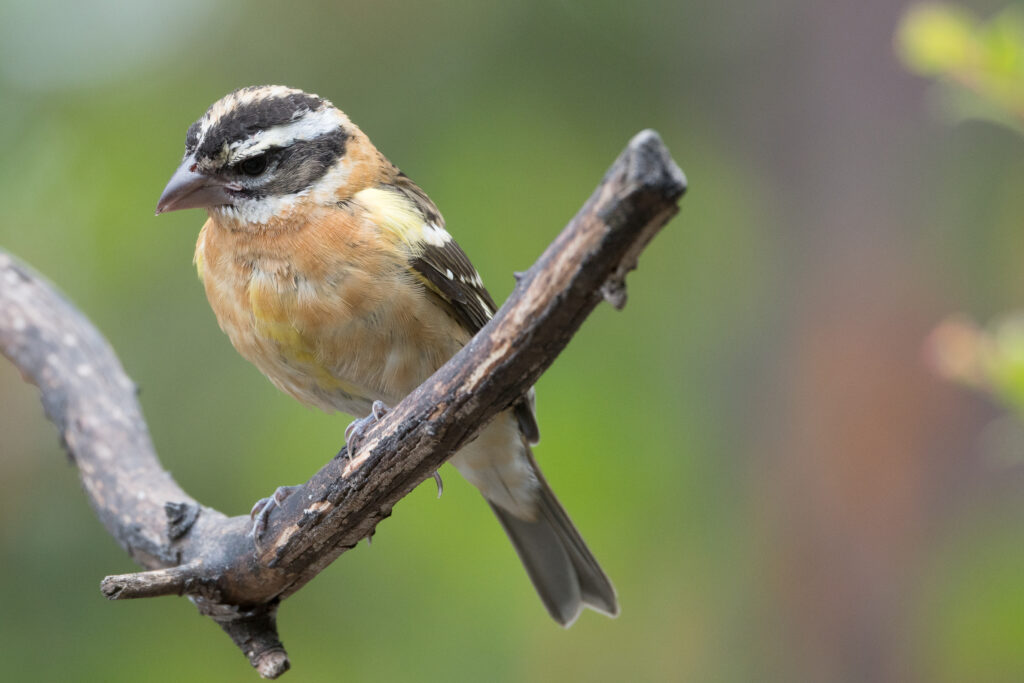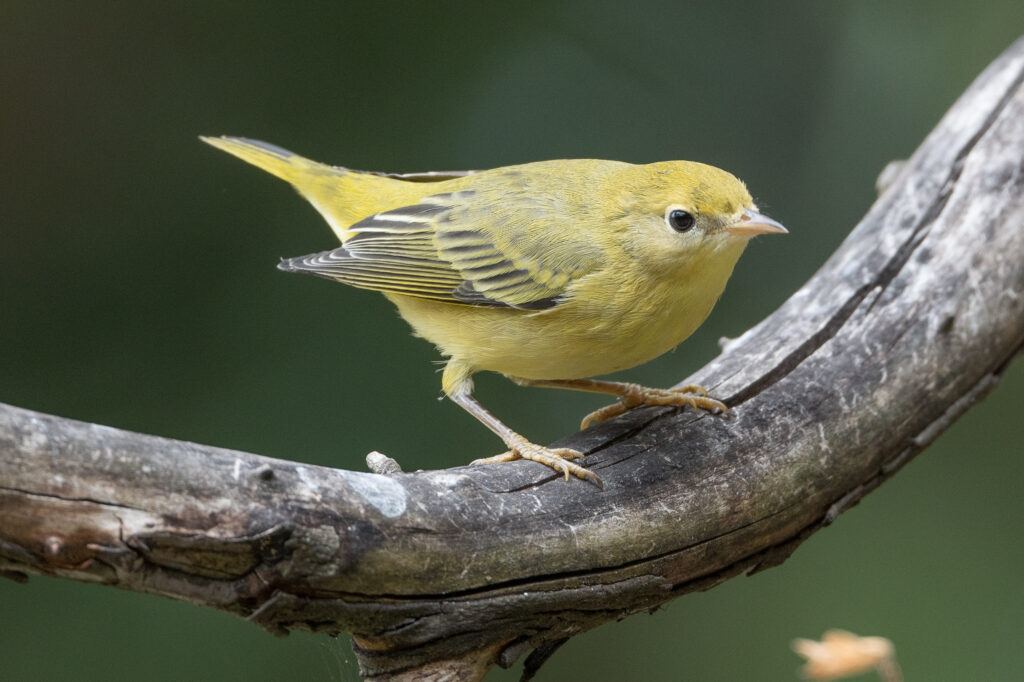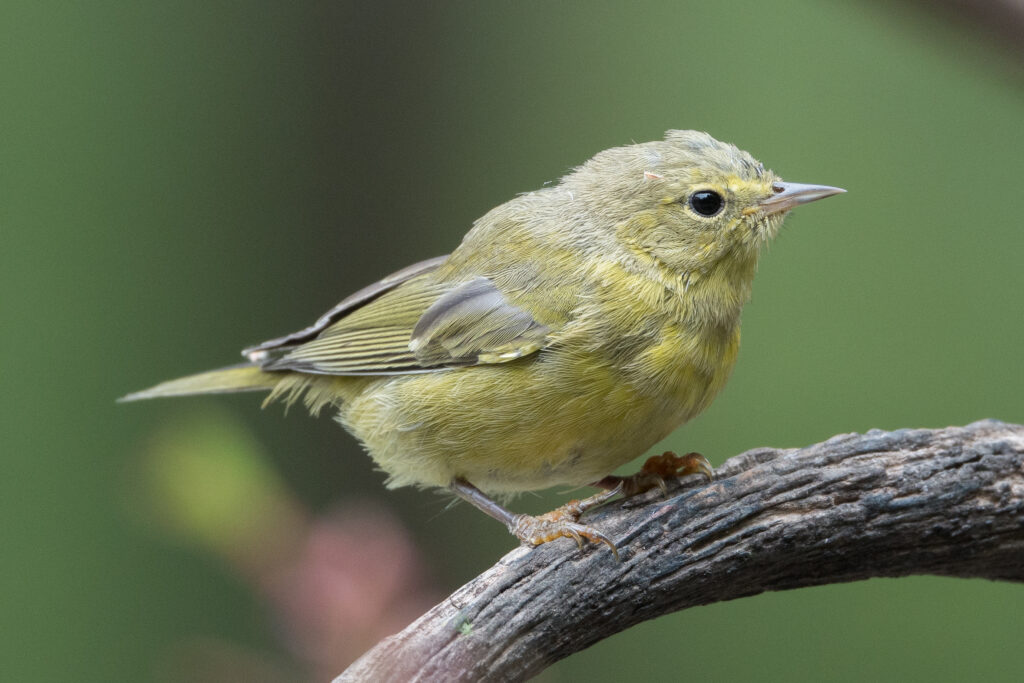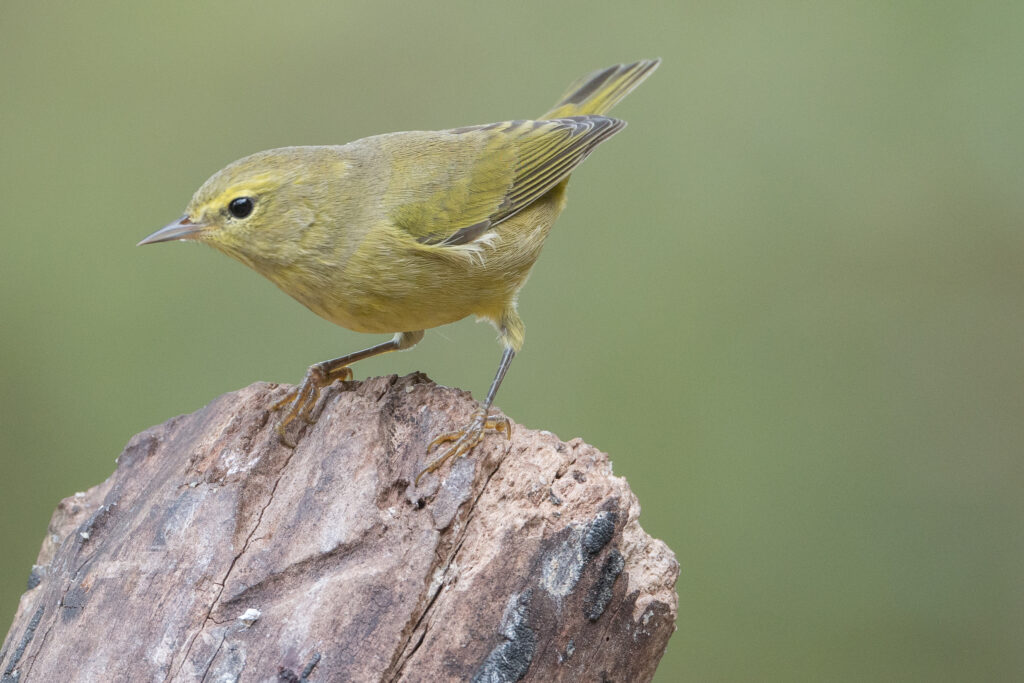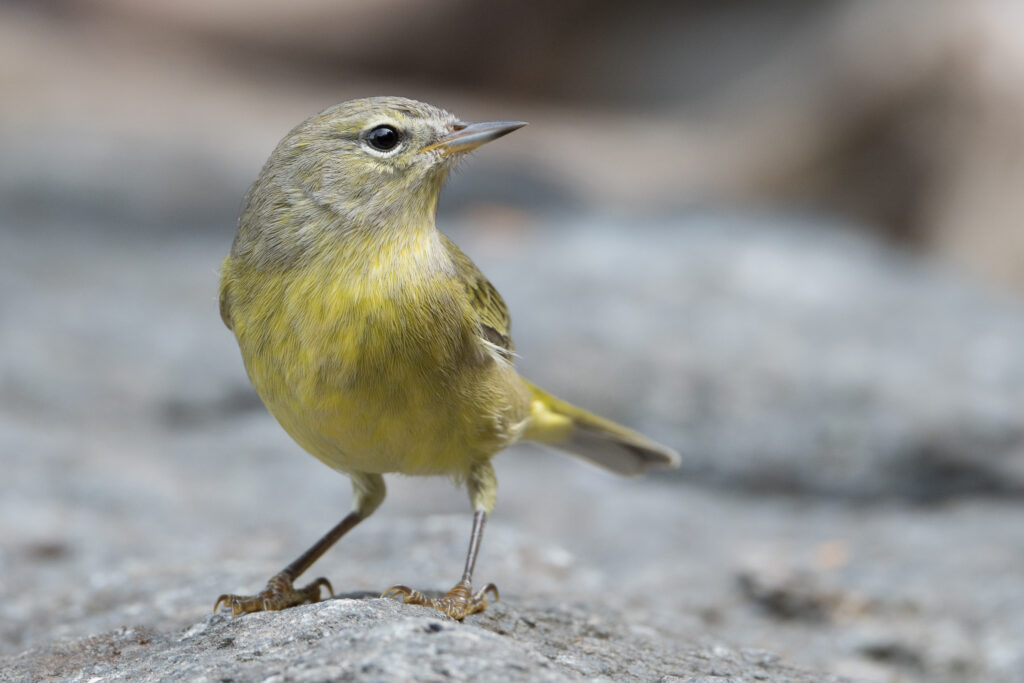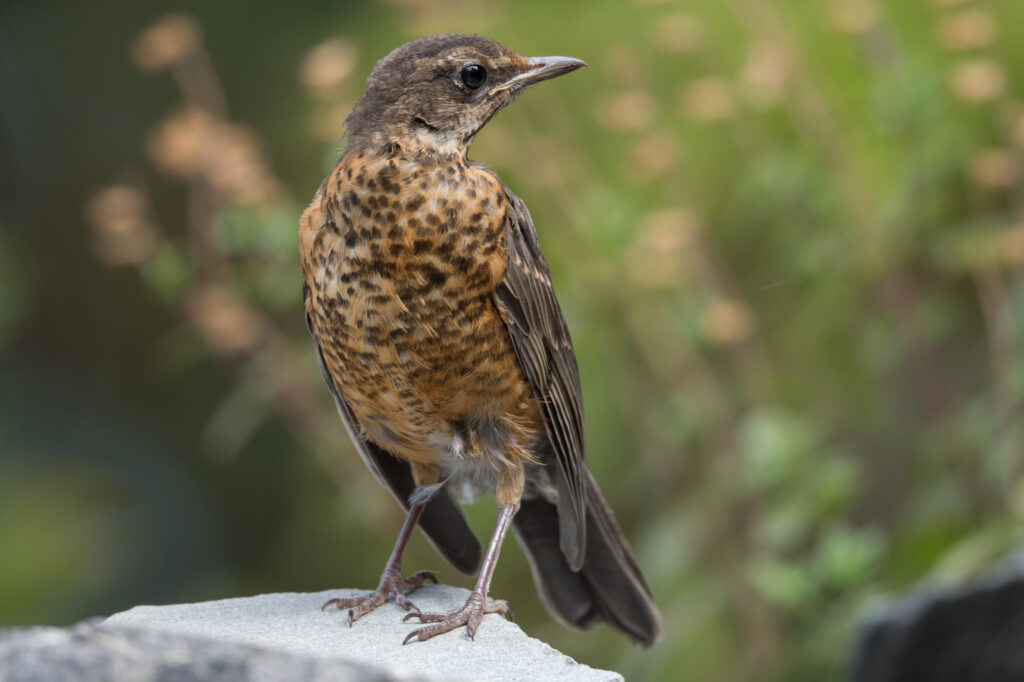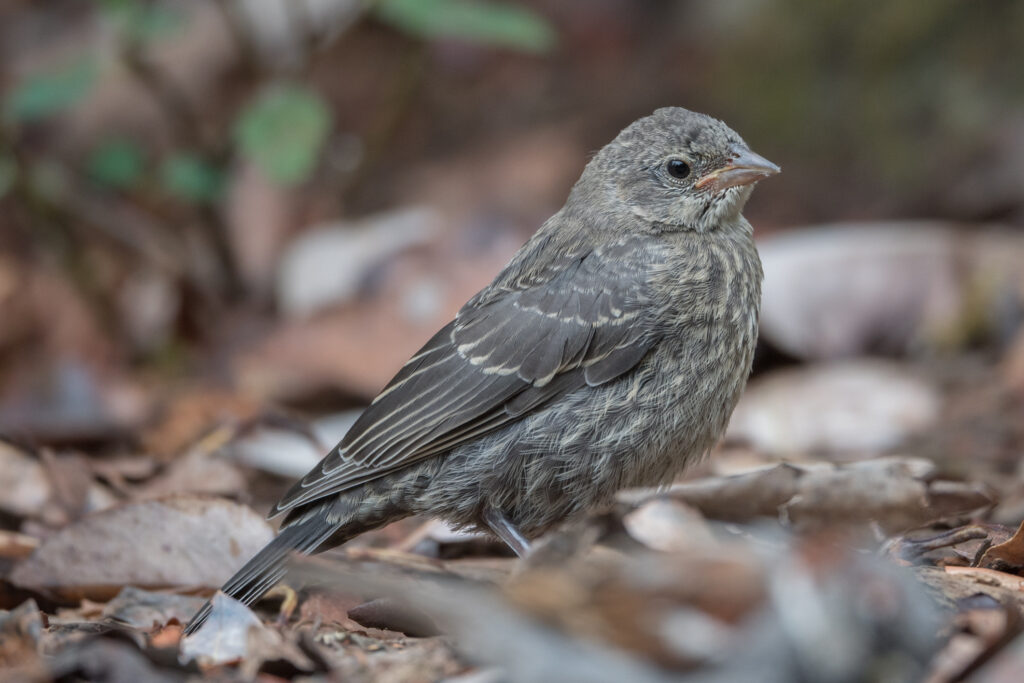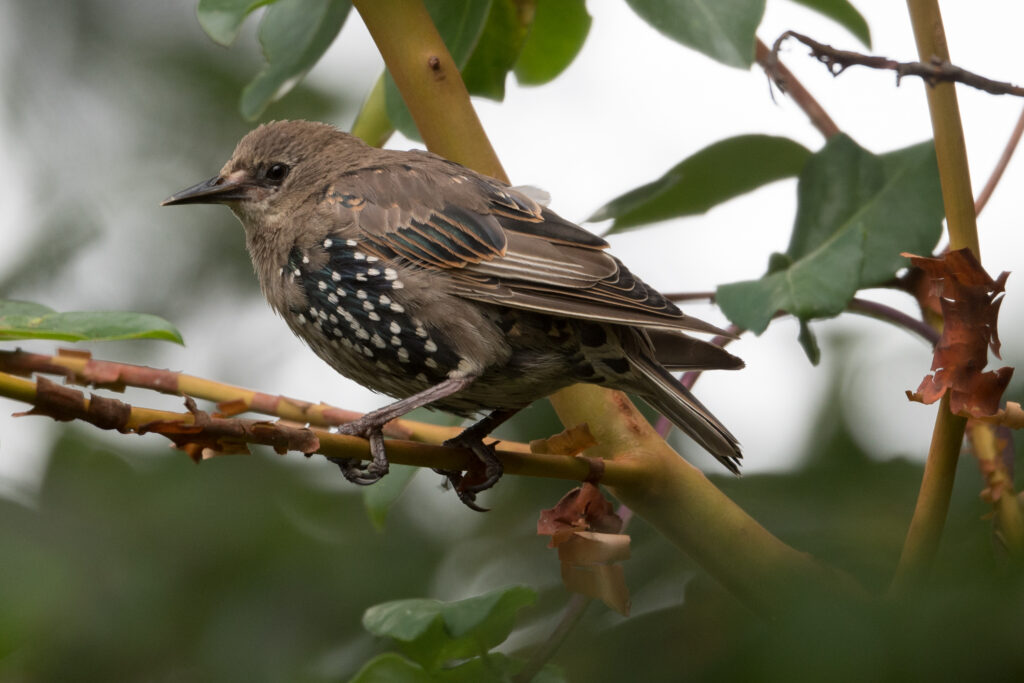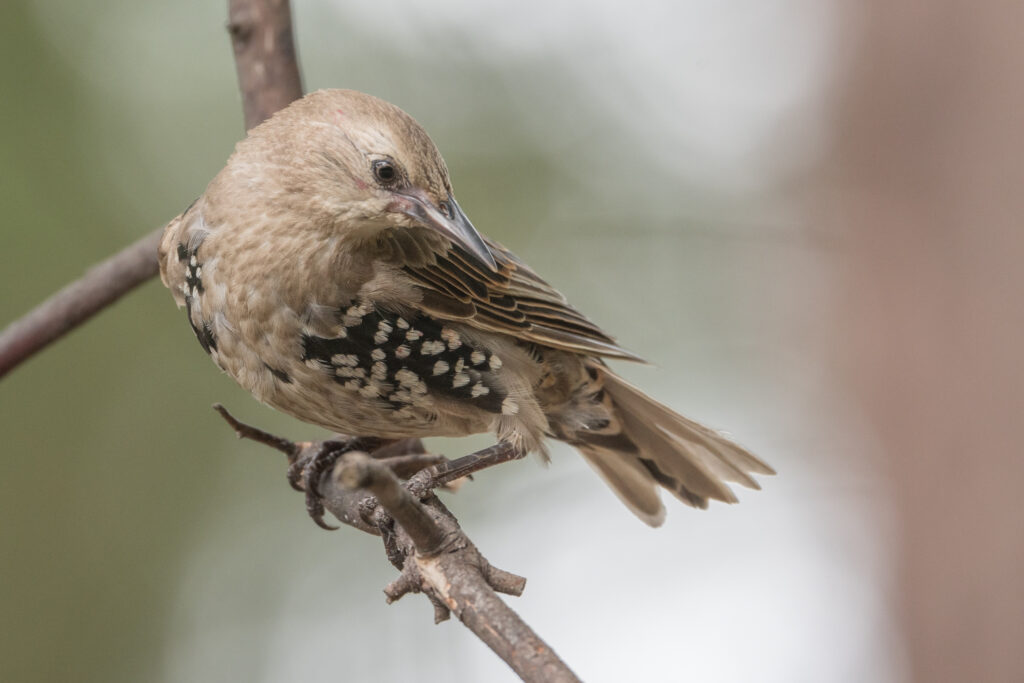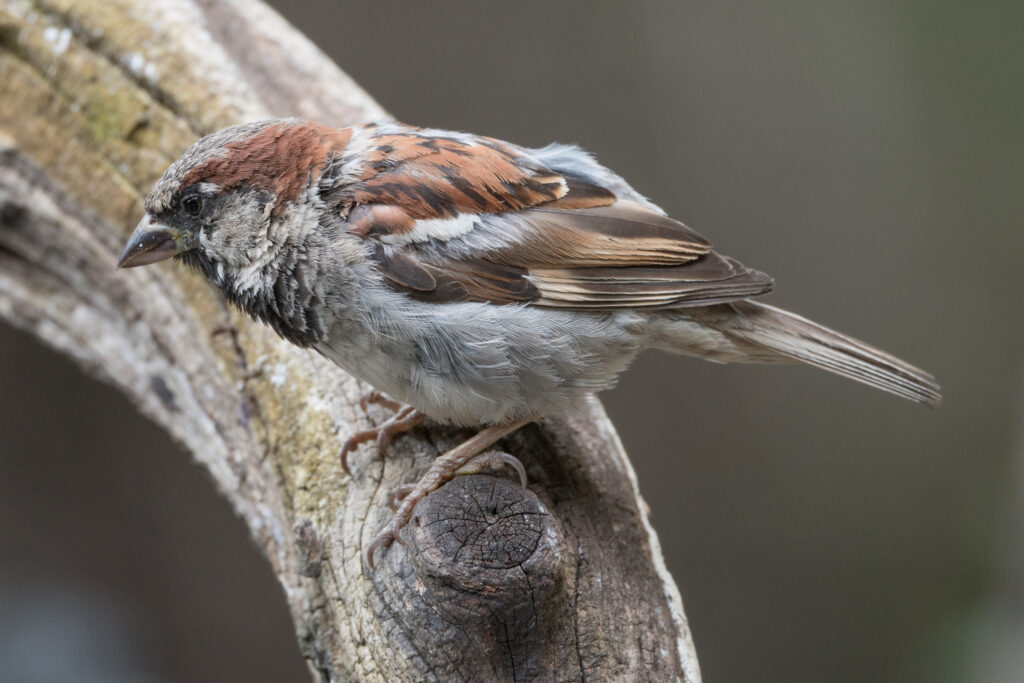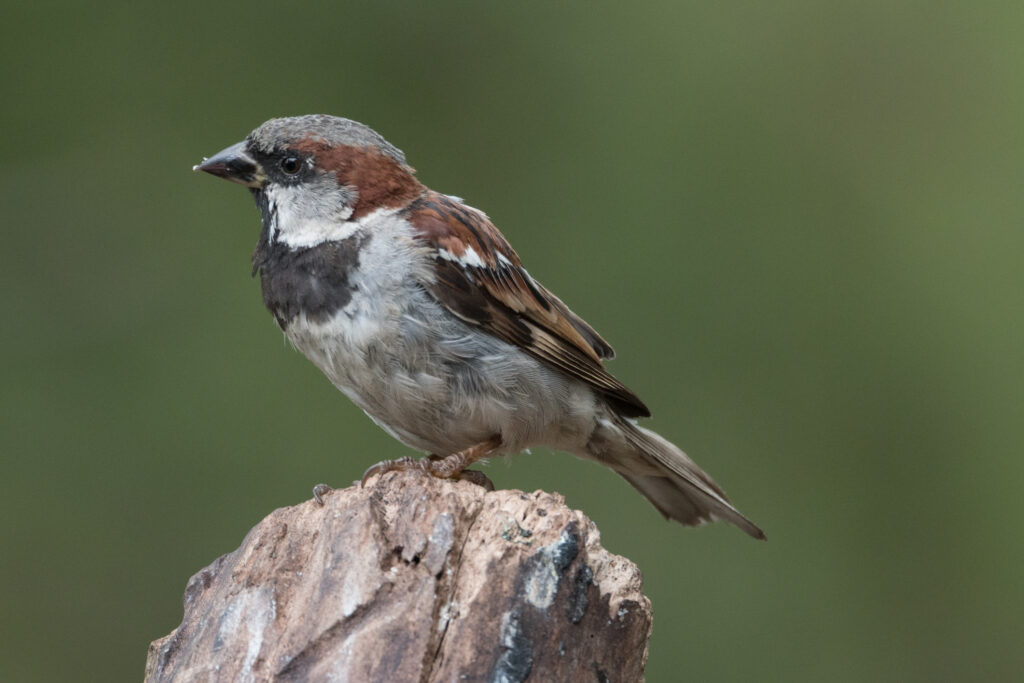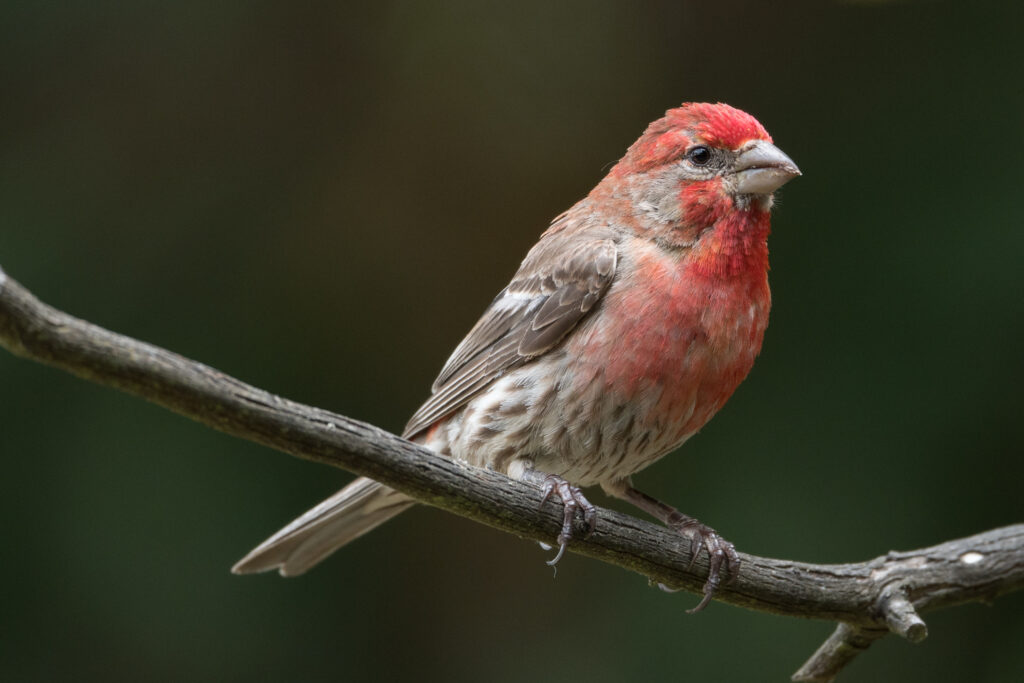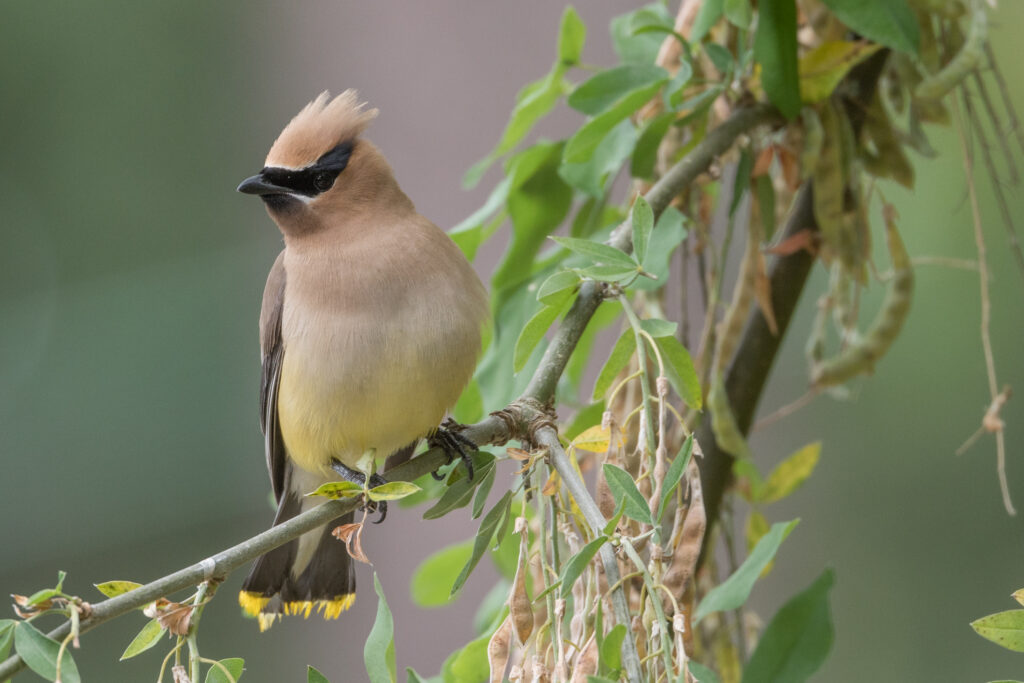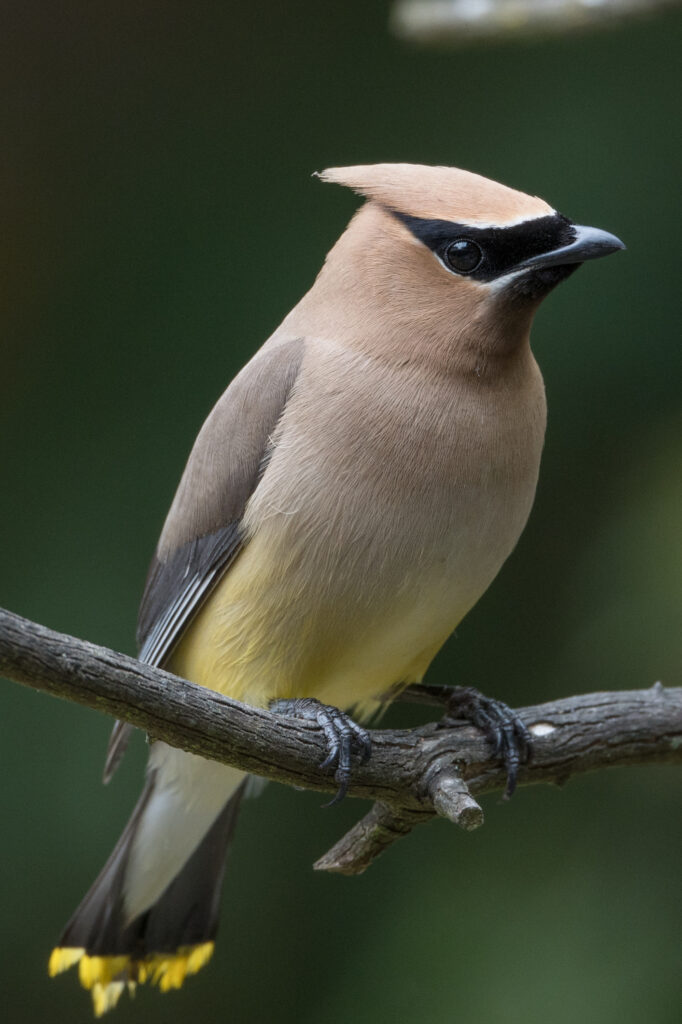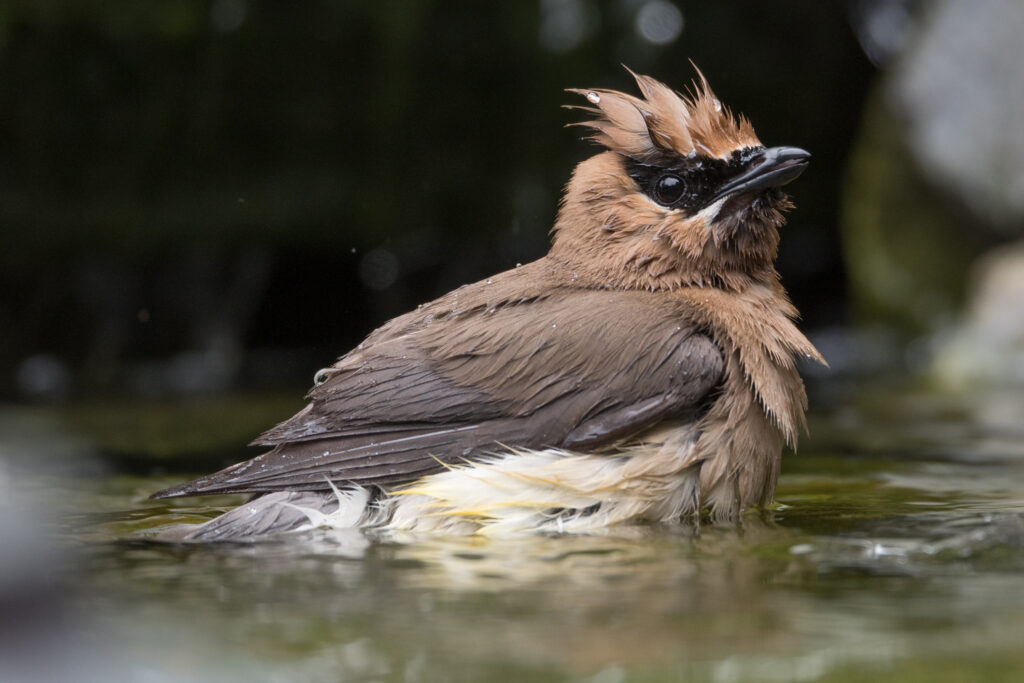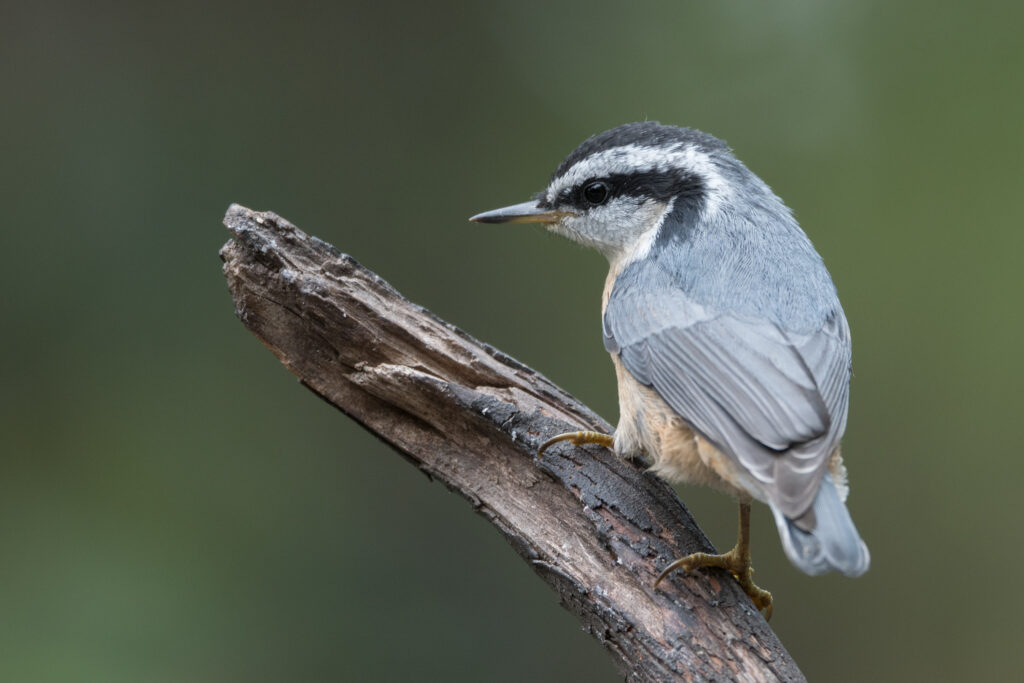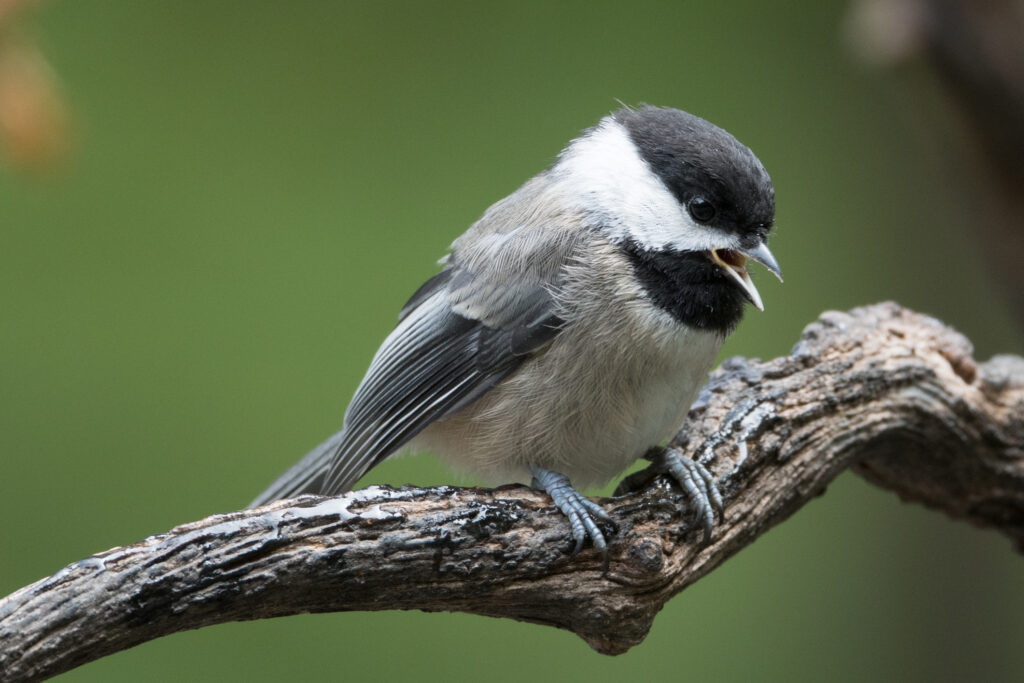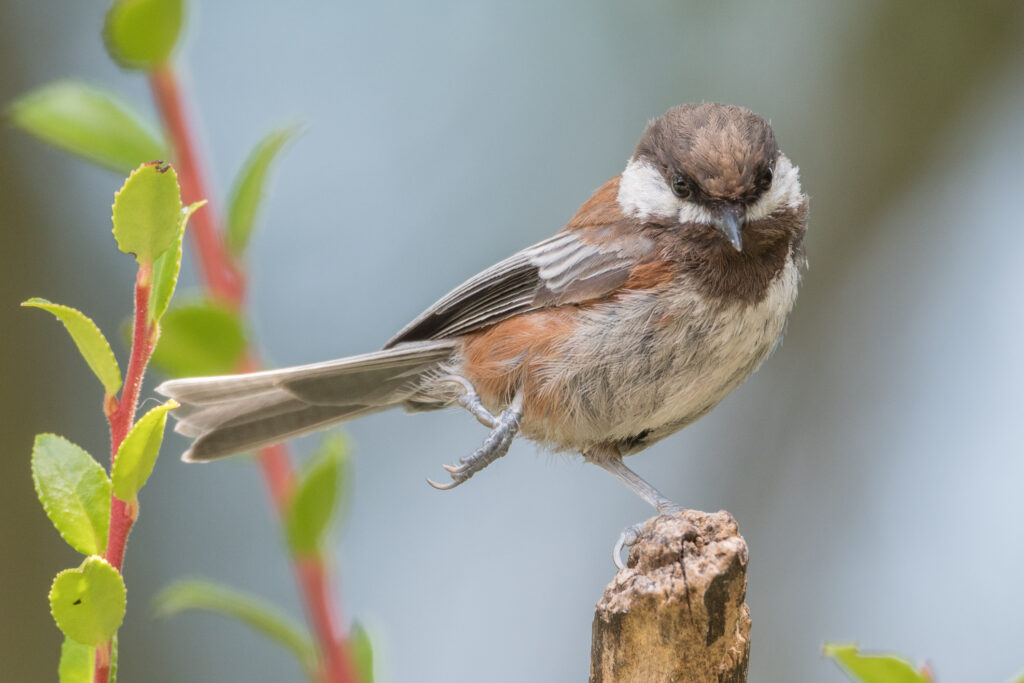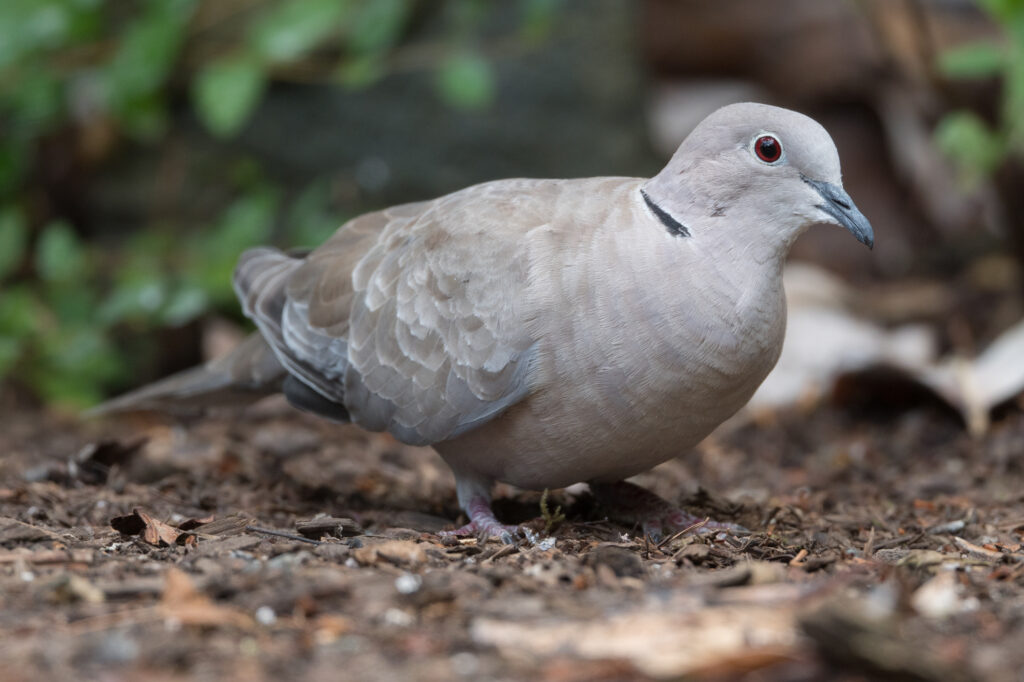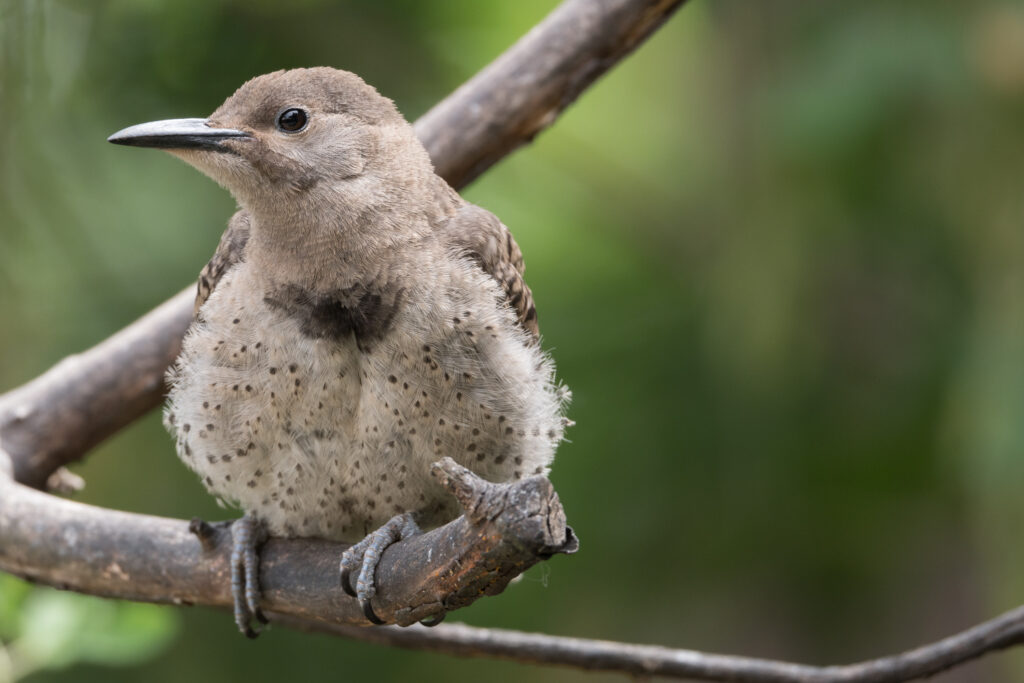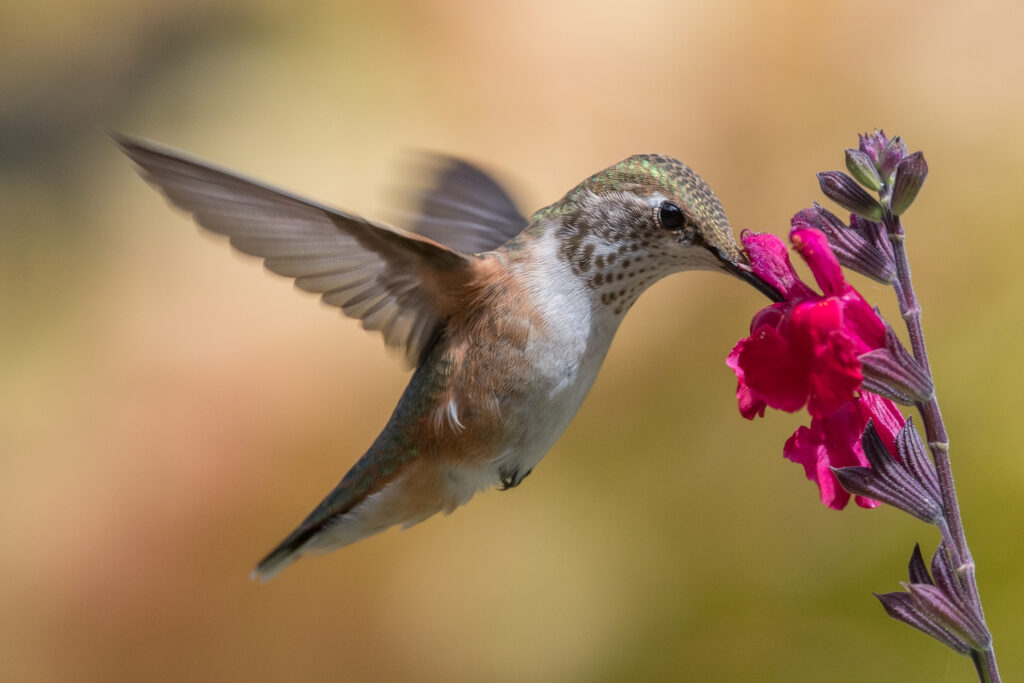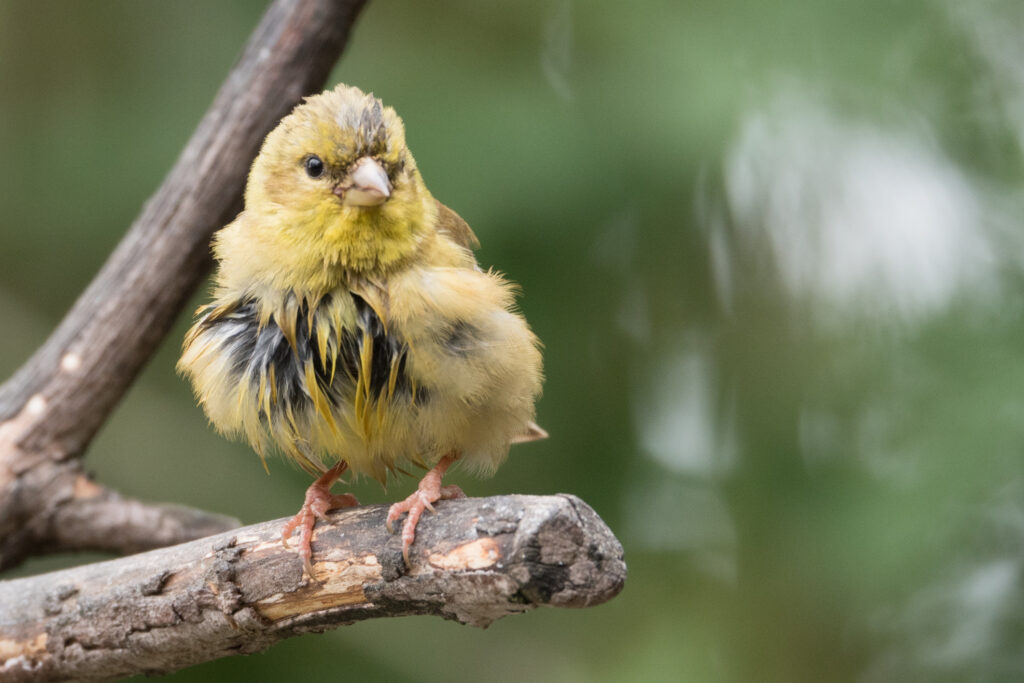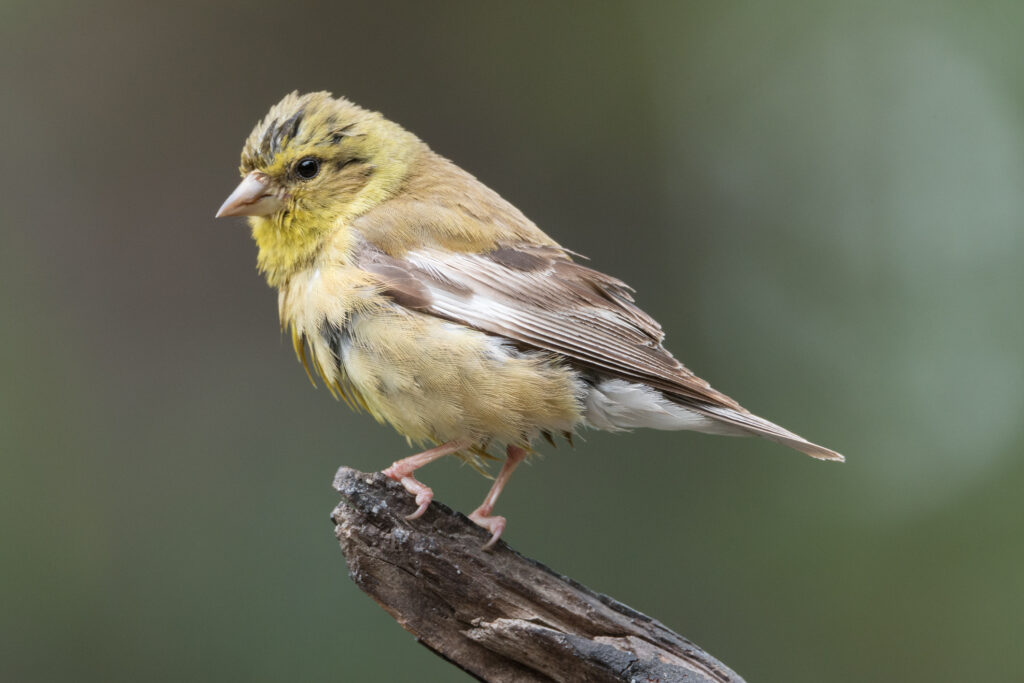We’re somewhat slowly easing into our fall weather season with an extension of unseasonably warm weather. I worry about the lack of rain as it seems to be stressing even some of our native plants. Over the past few years we’ve lost a large number of madrona trees around the Cap Sante Overlook and the meager summer/fall rainfall must be adding to the trees’ stress.
Somewhat lower down “The Cap” we have at least 6-8 Golden-crowned sparrows visiting the yard (first arrival was September 14).


Somewhat uncharacteristically, we have at least one adult and three first-year juvenile White-crowned sparrows. (In past years this species has been heavily parasitized by Brown-headed cowbirds.)
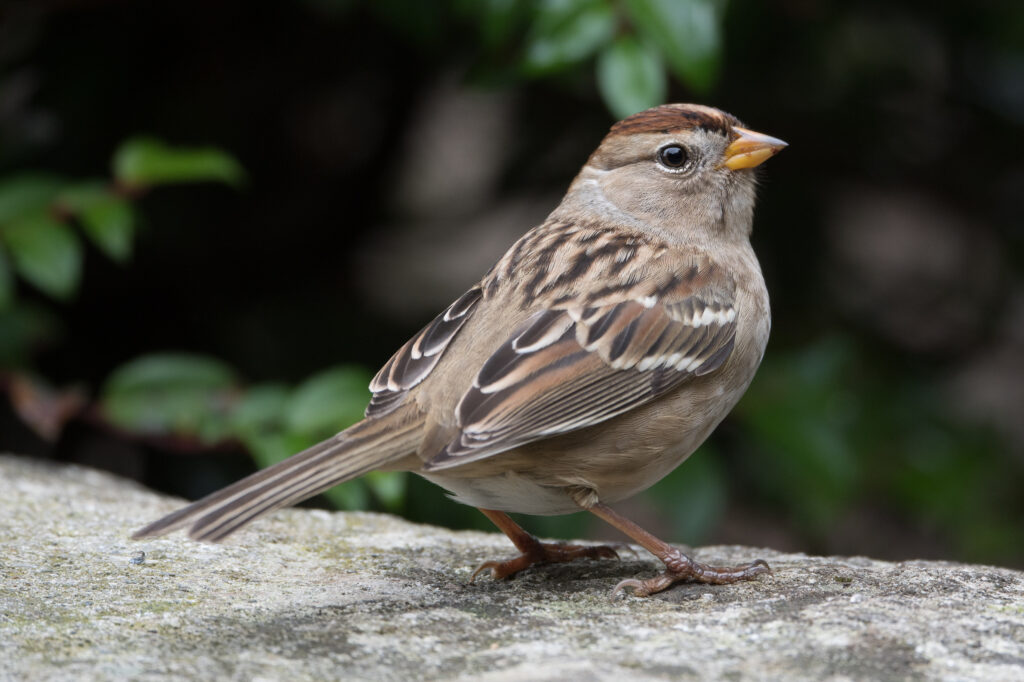
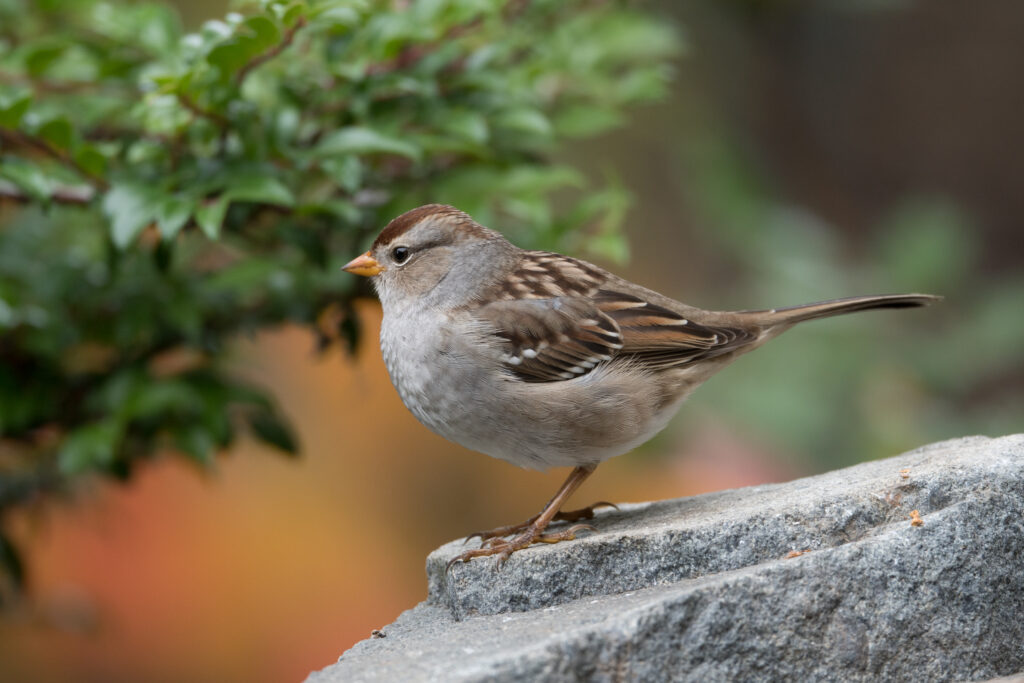
Dark-eyed (Oregon) juncos are beginning to arrive and will be our most numerous winter race, House sparrows and a possible eruption of Pine siskins excepted. I marvel at the perfection of this species’ feathers… I believe you can double-click on the image to view it in more detail.
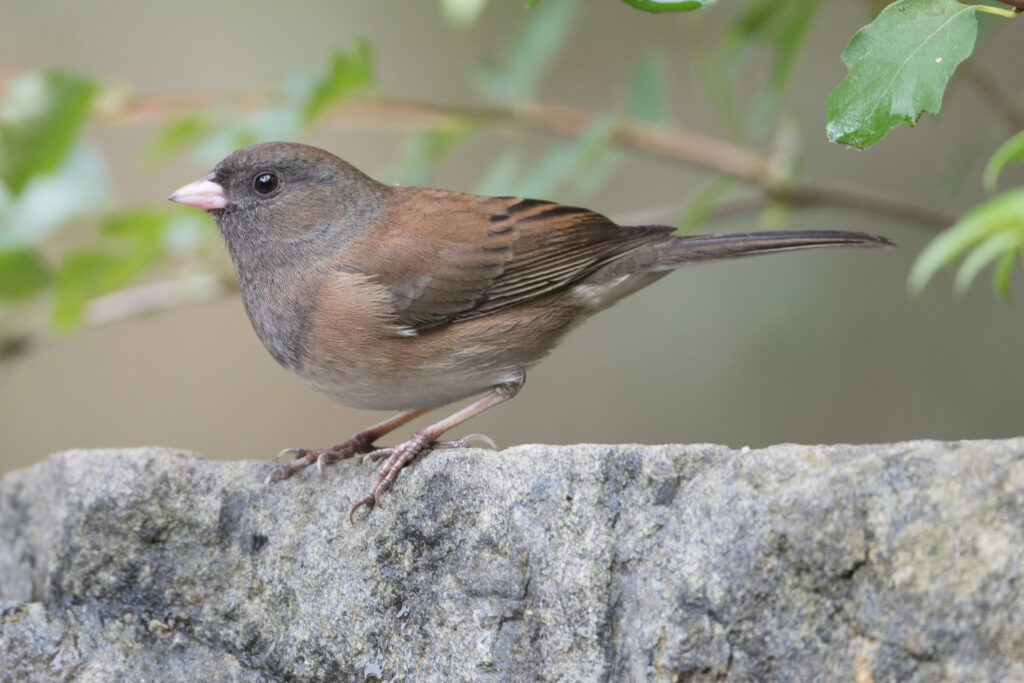
On October 4 we had two “first of the season” birds visit the yard. The first, a very common bird for the region, and especially in Washington Park where I take morning walks, was a Song sparrow. It’s the sixth sparrow species currently found in our yard (and one of the eight sparrow species we’ve hosted this year!
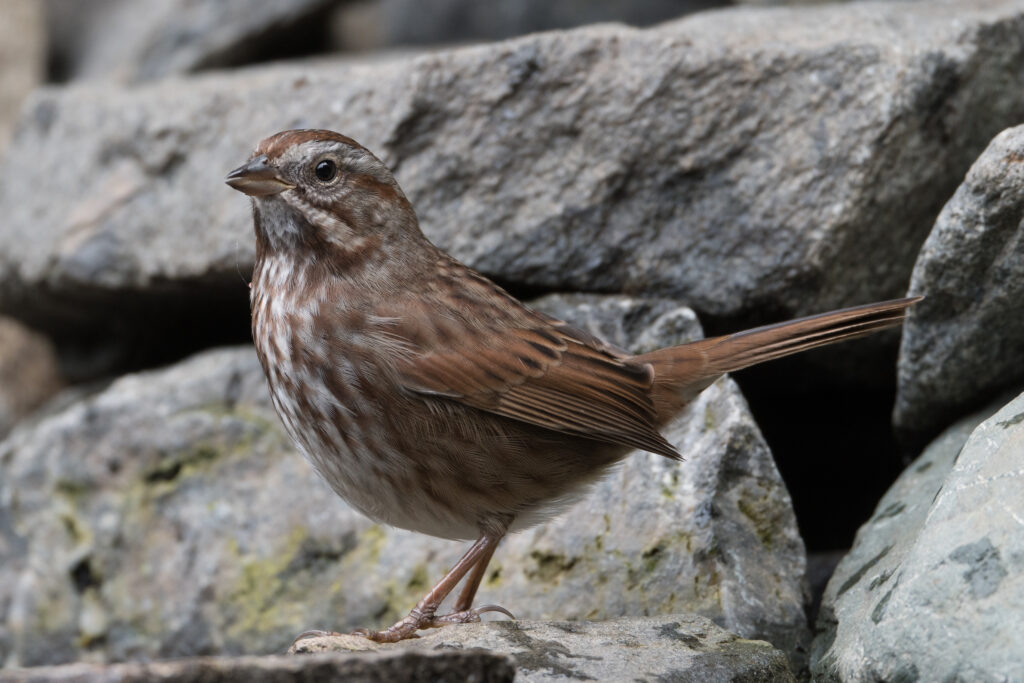
And while I’m on the subject of Song sparrows, while on my morning walks I’ve discovered a leucistic Song sparrow in Washington Park. The bird has a very obvious white crown. I’ve nailed down its morning location (three sightings) but in a two-hour afternoon wait (with my camera) on October 3, it failed to show.
The other “first of season” species we had visit was a Golden-crowned kinglet, a species once fairly common in the yard but now mysteriously absent for the last year or more. I had spent a couple of hours in the yard and just come inside for the day when I looked out the window and spied the visitor in a Japanese maple tree just outside the window. I grabbed my camera and managed a couple of “record shots” before seeing the bird leave the yard.
On a personal note, I’ve now had my annual flu vaccination and my fifth (!) Moderna COVID vaccination, which I hope will adequately protect me for the coming winter birding season.

